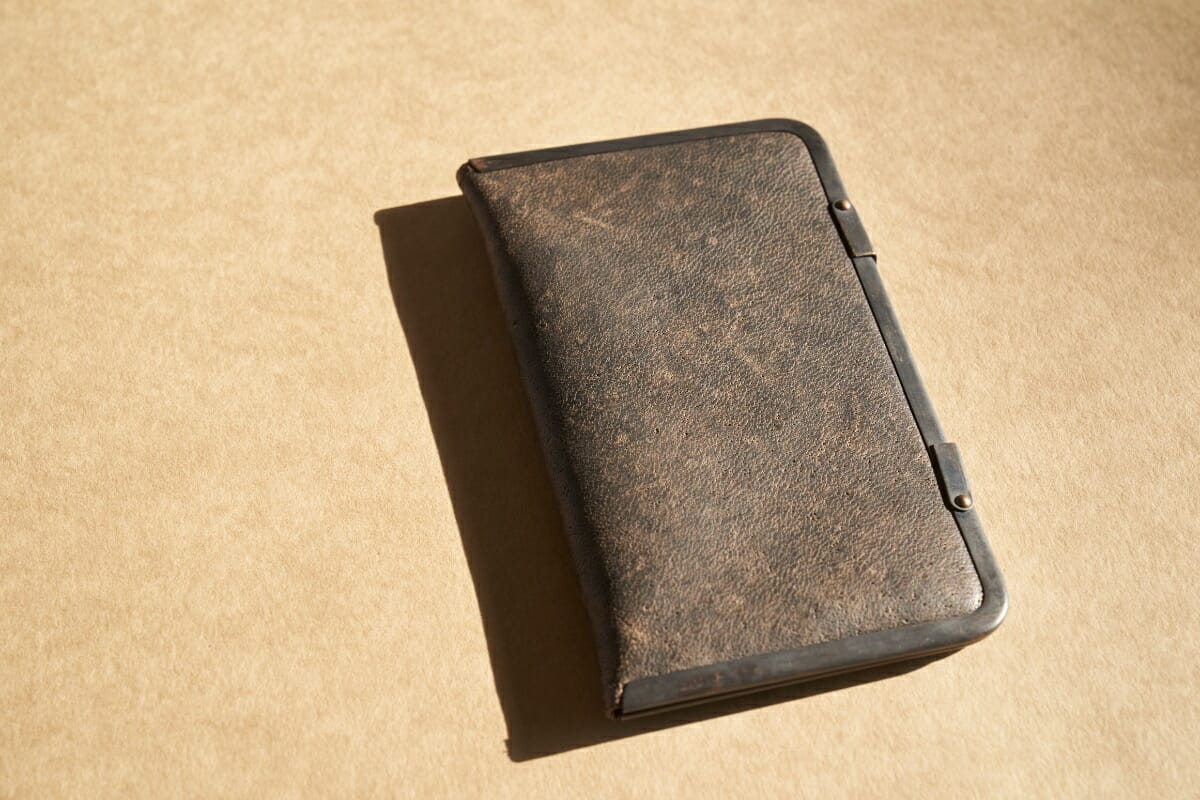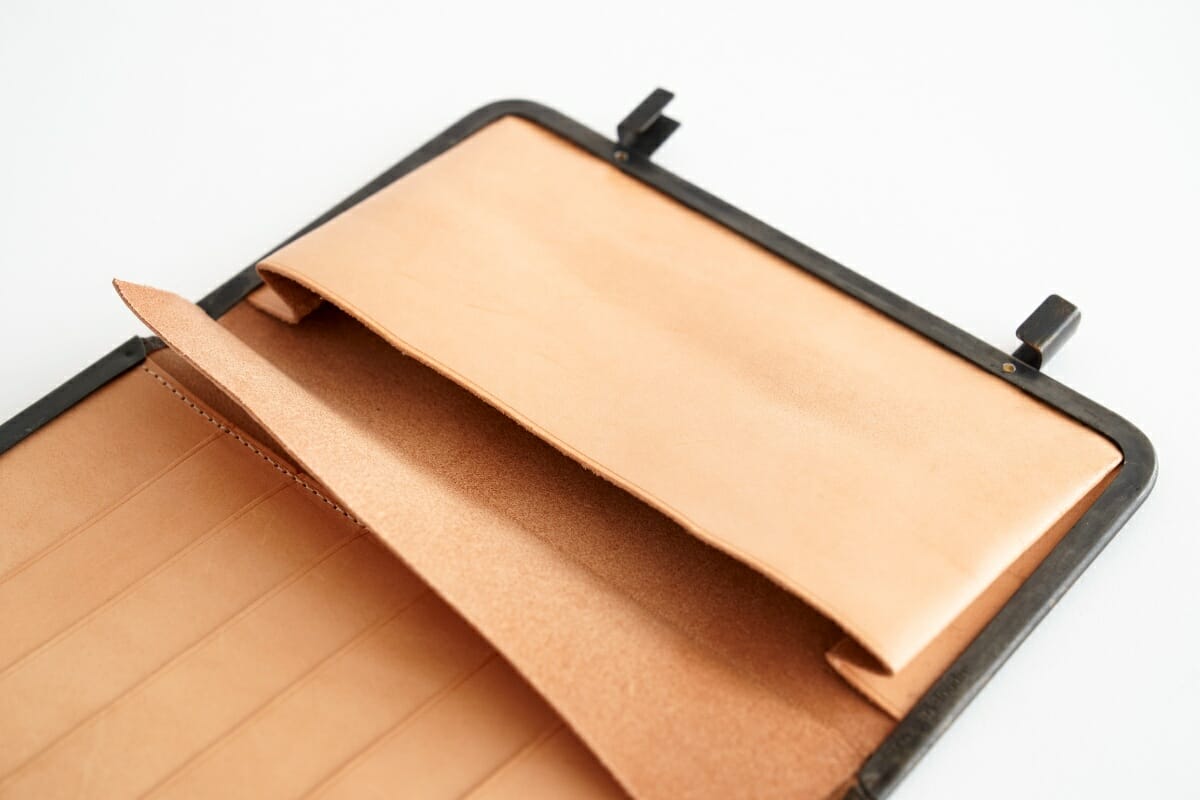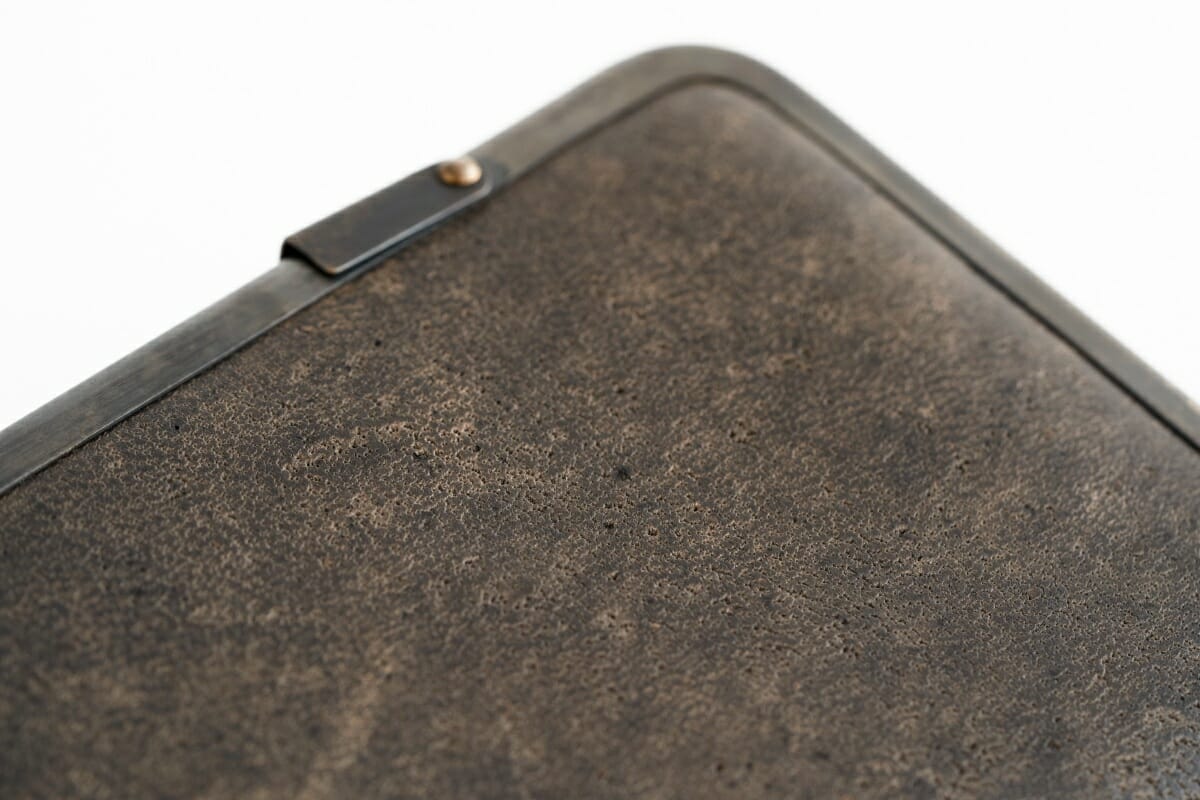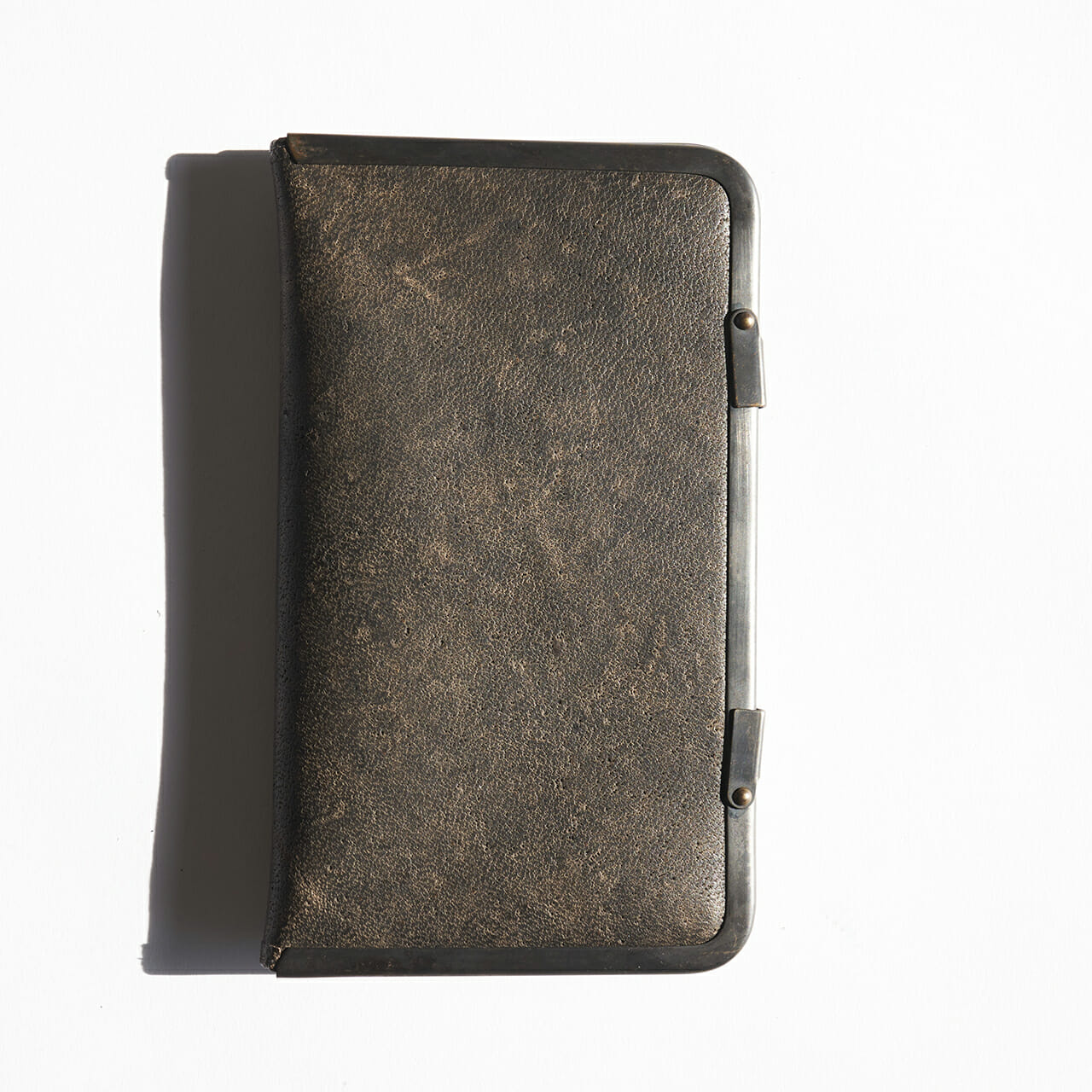
Products: Six coup de foudre
Six coup de foudre:Ethical manufacturing that uses up all the life given to it

First, he had to bring the bag to a store he visited, where it sold quickly and he kept adding more, so he decided to participate in an exhibition in Paris. We received a lot of orders there, too, so we had to rethink our leather purchase.
Leather is generally procured through wholesalers, but Takamizawa, who was working on his own, did not know this and suddenly visited a tanner in Himeji. They warmly welcome people who are likely to be turned away from their doors, and they are able to get the leather they wanted. But soon the next problem. This time, they were overloaded with additional orders coming in. Feeling limited in what he could make alone, he consulted a tanner in Himeji. Then he introduced me to a well-established bag factory in Osaka, and all aspects of the factory became clear, enabling me to make stable bags.
Six cup de foudre means "love at first sight by the sixth sense" in French. The name comes from his weekly deliveries to Ash Pe France in Laforet, Harajuku, where he remembered seeing a few people fall in love at first sight and buy them. In addition, the sounds of "die, eat, and food" are layered with a sense of language, with the idea of taking life and using the skin of byproducts as food and goods. Then came a fourth model, a bag with deer antlers on the handle. However, the deer antlers he was getting from an antique shop were too expensive to balance with the selling price, so he had a hunter introduced to him through the grapevine.
This encounter led to the birth of the "gibier leather" that later became a symbol of the brand. Takamizawa turned fashion stylist after creating a bag for himself. It was definitely meeting people that got me through the ordeal that came so often. Those are the only times I've been lucky, but it can be said that I've attracted such people because I've dealt seriously with making bags.

Many people think of leather as a material, but Mr. Takamizawa has a strong sense of having been given life for a long time. That's probably why he came up with the idea of using skins that had been previously discarded as useless, such as ones with holes from being shot with a hunting gun, or ones that were so bruised because they were wild. And gibier leather, which utilizes wild animals such as deer, boars and bears, was launched in 2006. The idea is that they don't want to waste any of the life they gave them, so they are thorough in reviving the hagireh that comes out when making leather products as a patchwork. Leather accessories such as bags and wallets made of gibier leather have unique holes and scratches, and each look is unique. In other words, it's a bona fide one-of-a-kind thing.
The shop also sells cutlery, rings and ear cuffs made from deer antlers. The fact that they have been used so thoroughly should make the animals happy. Even today, Takamizawa visits the mountain regularly. That's because the different materials lying around on the mountain can also serve as design inspiration. In addition, it is an opportunity to think about the environment in which wild animals grew up. That leads to the brand concept of thinking about the world through leather.

The series is named "Kokoro" because the frames arranged on the left and right have katakana letters "コ(ko)" and when opened, "ロ(ro)" comes to mind. It is designed so that the palms of the hands naturally align when it is closed, and each time you use it, you can thank the life that went through the action, making it a long purse that is typical of Six cup de foudre.
The gibier leather used is black bear dyed in India ink. Not only does it have a unique texture full of wildness, but when you hold your nose close, it smells a little black ink, making you feel calm. The interior has a simple design that neatly accommodates bills and cards. What's more, it has a thin gusset at 0.5 cm, so you can carry it around smartly.

